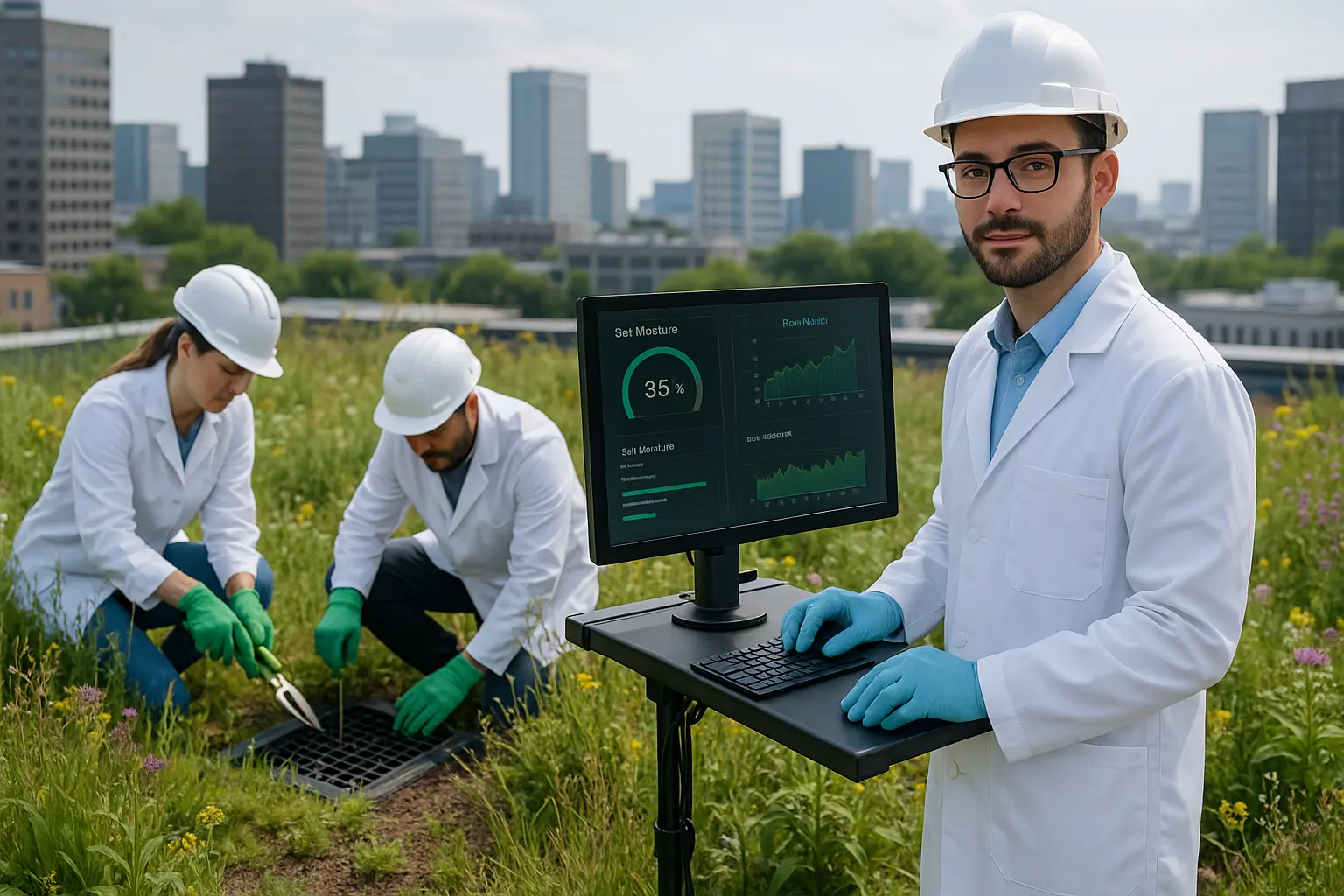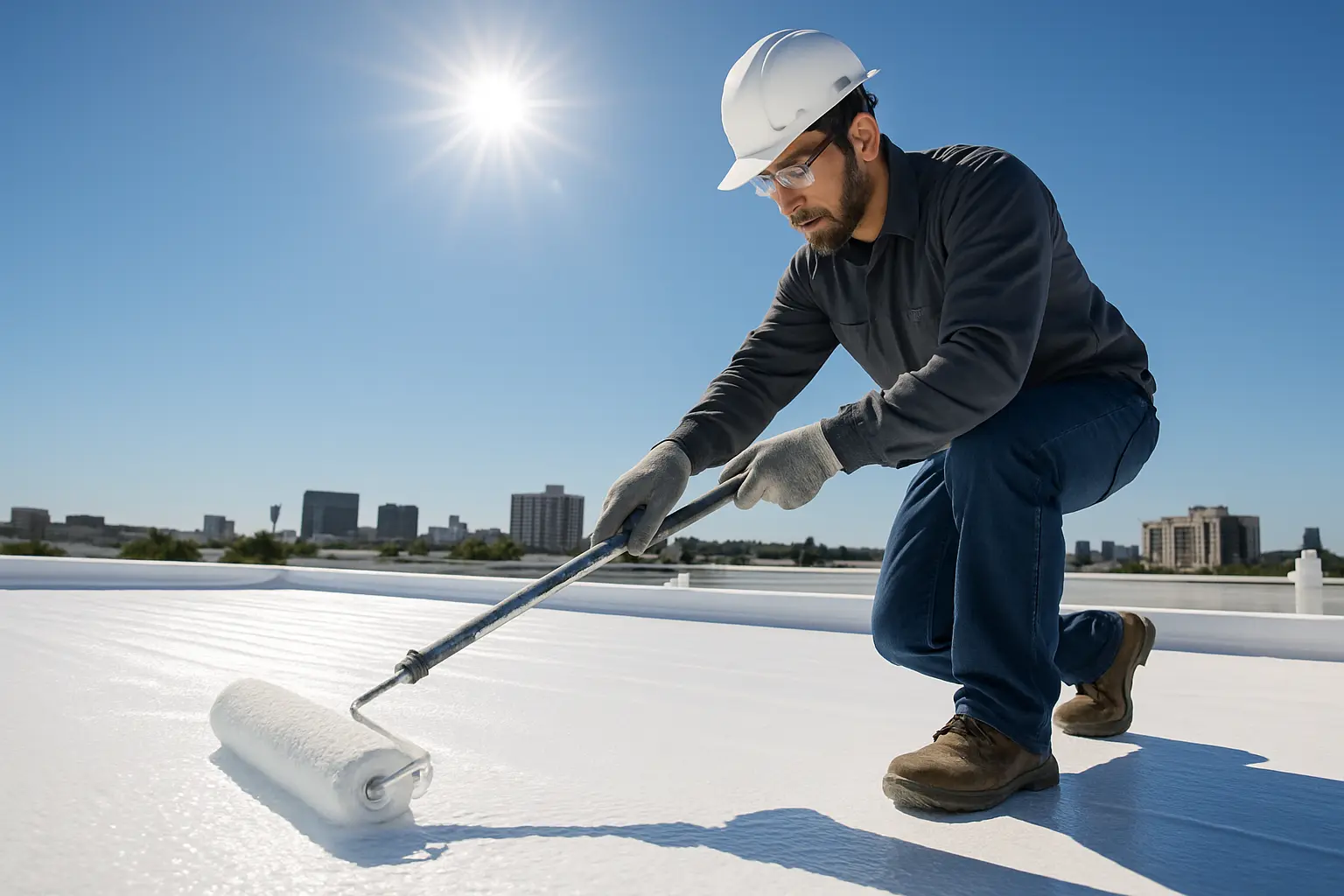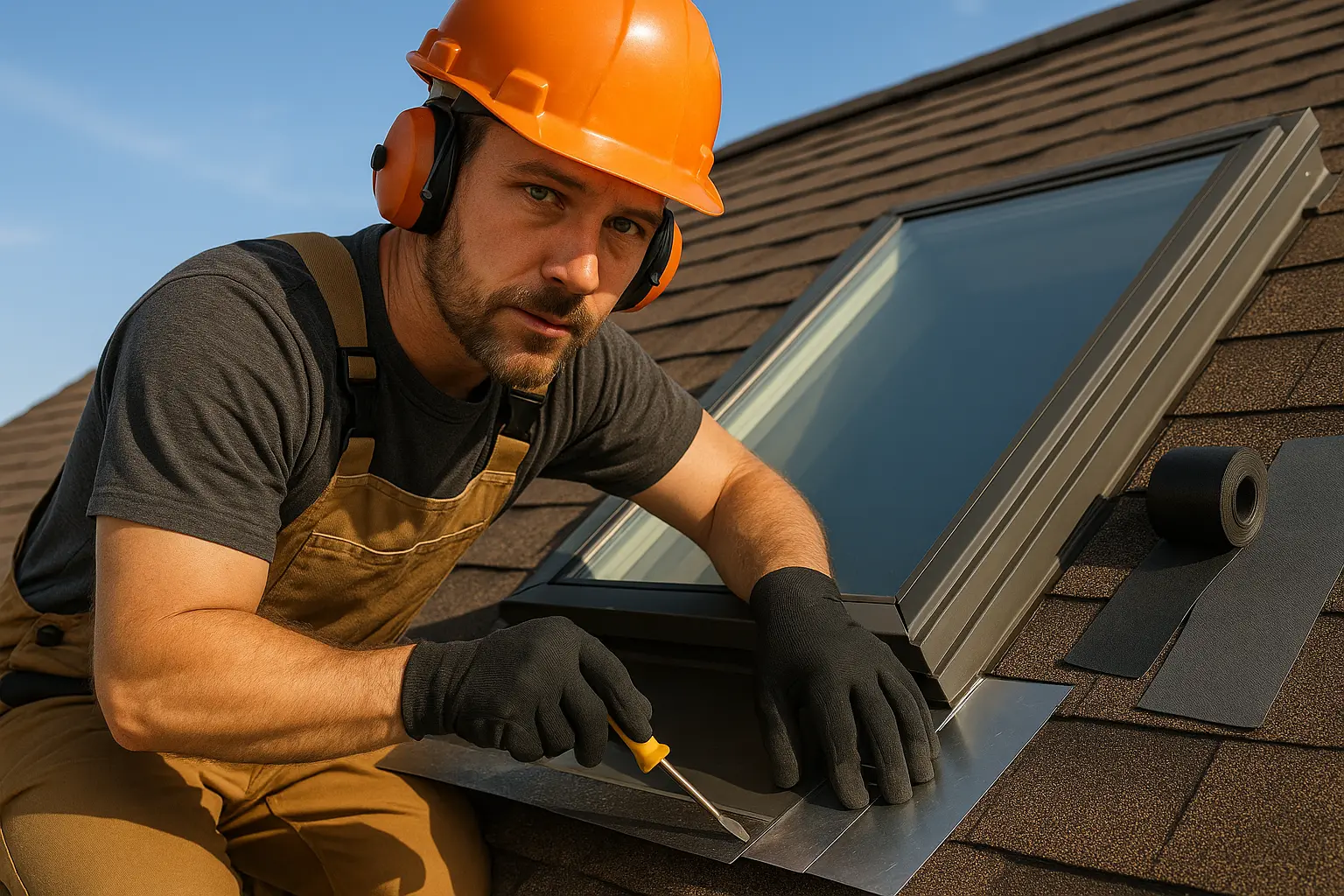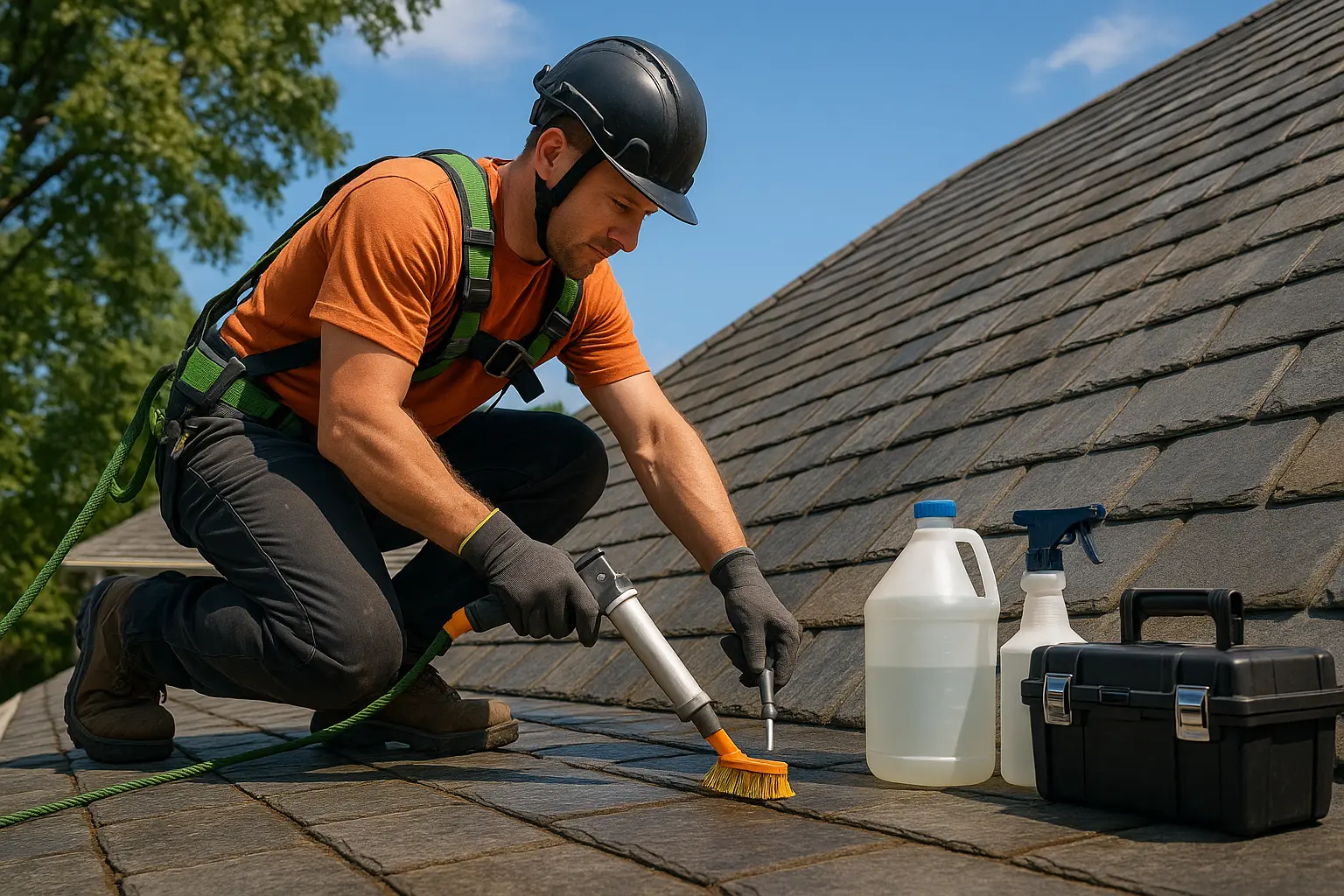Introduction: Essential Elements: vegetation, drainage, waterproofing
Green roofs are much more than a passing fad in today’s building designs. They represent a fresh way of living in cities by blending nature with built environments. By adding layers of plants to rooftop spaces, green roofs turn unused areas into thriving, life-filled extensions of our homes and offices. However, like any prominent aspect of your property, a green roof calls for careful upkeep to keep it working well and looking attractive. Without regular attention, what started as a healthy, vibrant area can deteriorate, resulting in issues such as structural concerns, reduced energy benefits, or even a loss of the environmental perks that make these roofs so appealing. In fact, embracing principles like vegetation, drainage, waterproofing can set the stage for long-lasting roof performance.
Understanding Green Roofs
vegetation, drainage, waterproofing in Action
Before you jump into any maintenance efforts, it’s important to know what type of green roof you’re dealing with. Generally, green roofs fall into two categories: extensive and intensive. These two styles differ in how they’re built, how they look, and the kind of ongoing care they require. Whether you have a lightweight installation or a lush garden on your rooftop, understanding the design helps you plan the proper green roof maintenance and truly benefit from your investment.
Extensive green roofs are designed to be light on the structure with a thin layer of soil. Usually, the growing medium is between 2 to 6 inches deep. Their appeal lies in their low-maintenance nature while offering benefits such as natural insulation, improved stormwater management, and even a softer urban climate. With the shallow soil, you typically find hardy plants like sedums and succulents that thrive with little fuss. Their minimal watering needs and slower weed invasion make them ideal for property owners who want to enjoy nature with less hands-on care. Employing a balanced approach that values vegetation, drainage, waterproofing principles also plays a big part in keeping these roofs in peak condition.
On the other hand, intensive green roofs bring a garden vibe to the top of your building with deeper soils that can extend beyond 12 inches. These roofs allow you to plant a wide range of species—from grasses and flowering plants to shrubs and even small trees. Essentially, they serve as rooftop gardens where you can relax, entertain, and sometimes even grow food. However, this abundance comes at a cost. Intensive green roofs need more irrigation, thoughtful fertilization, regular pruning, and frequent checks to guarantee that the extra weight doesn’t harm the building. In these scenarios, careful attention to vegetation, drainage, waterproofing is vital, and expert green roof maintenance is key to long-term success.
Benefits of a Regular Maintenance Routine
Ongoing maintenance breathes life into a green roof well beyond its curb appeal. Keeping up with routine care not only enhances plant growth but also makes the entire system more efficient and resilient. One of the primary rewards is the boost in overall plant health. A well-looked-after roof fends off common issues like pests and diseases while also handling harsh weather conditions better. Through periodic trimming and well-judged pruning, the plant community grows denser and more robust, making it better equipped to handle strong winds or heavy rains.
Another appeal is enhanced thermal performance. When living roof systems are properly maintained, the healthy plant layer and soil work together to reduce the need for extra heating in the winter and lessen the burden on cooling systems in the summer. In many cases, properties equipped with such roofs have reported saving up to 25% on energy costs, resulting in lower bills and a gentler environmental impact. Timely upkeep preserves the integrity of the waterproofing layer too, protecting the building from leaks and potential damage. Integrating good vegetation, drainage, waterproofing methods alongside regular green roof maintenance practices ensures these benefits continue for years.
In addition, a carefully tended green roof boosts urban biodiversity. Such roofs turn into small ecosystems that attract a range of wildlife—from useful insects to birds passing through the city. Even in concrete jungles, these spaces provide a refuge for species that might otherwise struggle to find a home. These living spaces benefit people and nature alike, standing as a testament to smart, sustainable building techniques.
Common Challenges and Practical Fixes
Even when managed properly, green roofs can face some recurring issues. With the right knowledge, many of these challenges can be kept at bay. Inadequate green roof maintenance can sometimes lead to problems like invasive weeds, blocked drainage pathways, or pest invasions that might disrupt the ecosystem.
Weed Proliferation: Unwanted weeds can grow quickly and overwhelm your carefully chosen plants if not promptly dealt with. Their fast spread might upset the balance of the ecosystem on your roof. Regular weeding—whether by hand or with specialized tools—can help protect the intentional selection of species and maintain the balance of vegetation, drainage, waterproofing, even when nature gets a little too wild.
Drainage and Water Management Issues: Effective drainage is essential for any green roof. When water does not flow away as it should, pooling may occur, which can harm plant roots and even damage the structure below. Ensuring that every drainage outlet is clear through regular inspection is crucial. A clean drainage system works in tandem with a high-standard waterproofing layer to keep the roof dry and in good condition. Professionals in green roof maintenance often emphasize checking these areas frequently, reinforcing the blend of vegetation, drainage, waterproofing practices.
Pest and Disease Risks: No garden is completely immune to pests. Green roofs can sometimes attract insects like aphids or mites, and even small animals that may upset the natural balance. Regular scouting for signs of trouble is key. Using gentle, organic treatments can help manage any pest outbreaks without harming the environment. Encouraging natural predators like ladybugs or lacewings adds another layer of protection. Through smart green roof maintenance, blending care for vegetation, drainage, waterproofing not only preserves the structure but also nurtures a balanced ecosystem.
Steps to Keep Your Green Roof Clean and Healthy
Regular Inspections and Early Problem Detection
A thorough inspection routine is the bedrock of any effective green roof maintenance plan. Regular walks on the roof let you catch early signs of trouble—from shifts in plant color to soil erosion—and help you address issues before they balloon. As you check for changes, look not just at the plants but also at the growing medium and the overall waterproofing layer beneath. Spotting subtle hints like damp patches or soil displacement can indicate that attention to vegetation, drainage, waterproofing may be needed immediately.
For example, finding small zones of soggy soil might suggest that the drainage isn’t performing as it should. Similarly, noticeable discoloration among the plants might signal nutrient deficiencies or emerging pest issues. Many urban property managers adopt scheduled inspections that have proven to cut down on lengthy, costly repairs by ensuring proactive green roof maintenance.
Tools and Techniques for Effective Cleaning
The right cleaning tools and methods can make a huge difference in the health and longevity of your green roof. A gentle brush or even a low-powered blower tends to do a better job removing debris like twigs, dry leaves, and dust while keeping the plant roots safe. It’s important to steer clear of high-pressure water streams that may erode the topsoil, disturb root systems, or even damage the delicate balance of vegetation, drainage, waterproofing on your roof.
Some experts recommend soft-bristled brooms or other specialized devices designed for green roof maintenance. These tools spread out pressure evenly, which is especially vital near the edges or adjacent to drainage outlets. Making sure these areas are clean prevents blockages and supports natural plant growth over time, ensuring that the waterproofing layer remains intact and effective.
Seasonal Care: Adjusting to Nature’s Calendar
Different times of the year bring different challenges for your green roof. As the seasons change, so do the needs of the plants, and a flexible approach is necessary. During spring, clear away the remains of winter such as fallen leaves, frost, or any leftover debris from cold weather. This is also a great time to check the roof for any shifts in the soil or minor damages that may have occurred in the chillier months. Be sure to prepare any irrigation systems to match the boost in plant growth that spring often brings.
Summer brings intense sun and heat, which may leave some plants in desperate need of extra water. At this time, regular green roof maintenance includes closely monitoring the water levels in the soil. Keeping an eye on the drainage is equally important during the hotter months, as higher temperatures can sometimes lead to faster soil drying and potential water stress. Occasional mulching can help retain moisture and add natural nutrients to the growing layer, reinforcing the overall vegetation, drainage, waterproofing process.
Come autumn, as plants begin to slow and shed old leaves, it’s wise to remove any surplus organic matter that could clog your drainage paths. Autumn is also ideal for tidying up by pruning dead or diseased branches and refreshing mulch layers, thus preparing the roof for the colder season ahead. And as winter approaches, extra care needs to be taken to prevent snow and ice from obstructing drainage channels, while also shielding the waterproofing barrier from potential damage by freezing elements.
Maintaining Plant Health With Proper Care
Consistent Watering for a Thriving Roof
Water plays a vital role in green roof upkeep. A steady watering routine is essential, especially during drier seasons or in climates with limited rainfall. Many building owners invest in automated irrigation systems that adjust based on seasonal weather changes, ensuring plants get the exact amount of water they need. In the absence of such systems, having a regular manual schedule is equally important.
For example, intensive green roofs often include plants that require a bit more hydration compared to their extensive counterparts. Having tools like moisture sensors can help gauge the exact watering needs across different sections of the roof. Over-watering might result in waterlogged soils and damage to the waterproofing layer, while under-watering could stress plants and make them more vulnerable to diseases. Striking the right balance by keeping an eye on vegetation, drainage, waterproofing practices is central to healthy green roof maintenance that people value time and time again.
Nourishing Your Roof With the Right Fertilizers
Nutrients are as important to your green roof as water and sunlight. Regular fertilization helps boost growth and replace vital nutrients lost after heavy rains or during long, hot spells. It is best to choose organic options, which reduce the risk of chemical runoff affecting not only the roof but also the surrounding areas. Products like composted manure or plant-based fertilizers naturally support the soil’s structure and enhance its moisture-retaining qualities.
Creating a fertilization schedule involves understanding the needs of the various plant species on your rooftop. Drought-resistant species such as sedums require much less nourishment compared to more delicate, water-loving plants. A sensible approach is to supply a larger dose of nutrients during peak growth times in the warmer months, then ease off during fall and winter when plants naturally slow down. This measured strategy supports long-term robust green roof maintenance and reinforces the benefits of sound vegetation, drainage, waterproofing integration.
Tackling Pests and Diseases Proactively
Pests and diseases are inevitable challenges in any garden setting. Even with proper green roof maintenance, occasional unwanted visitors such as aphids, mites, or even small rodents may show up. The key lies in early detection and prompt intervention. Regular inspections—sometimes even on a weekly basis—allow you to spot early signs of infestations or diseases before they become major issues.
Organic treatments are often the first choice when tackling pest problems on green roofs. Natural options like neem oil or insecticidal soap offer a safe way to keep pests at bay without harming the environment or disrupting the balance of vegetation, drainage, waterproofing. Encouraging beneficial insects like ladybugs by planting a variety of species also contributes to a resilient and self-sustaining ecosystem. Such integrated green roof maintenance practices help ensure that the roof remains both productive and visually appealing over the long haul.
Conclusion
Maintaining a green roof is much more than keeping up appearances—it’s an ongoing commitment to safety, energy efficiency, and environmental care. With careful planning, regular inspections, and a dedication to proper cleaning and seasonal upkeep, you can extend the life of your rooftop garden while preserving its many benefits. Whether your roof is an extensive, low-maintenance layer or a lush, intensive garden space, embracing solid principles of vegetation, drainage, waterproofing along with consistent green roof maintenance can transform your structure into a sustainable oasis.
As urban spaces grow and face new challenges from changing climates, green roofs stand out as a crucial part of modern, sustainable design. Their ability to reduce energy consumption, boost insulation, and support biodiversity makes them a smart choice for property owners. Investing time and care into routines that combine regular green roof maintenance with best practices for vegetation, drainage, waterproofing ensures your rooftop remains a vibrant, eco-friendly haven.
The secret to a successful green roof is persistence and attention to detail. Whether you’re managing a simple shallow installation or an elaborate garden setup, a well-planned maintenance schedule is key to sheltering your investment from future issues. So, if you’re ready to boost your building’s sustainability and create a thriving natural space above, commit to thorough green roof maintenance and let the principles of vegetation, drainage, waterproofing guide you into a greener future.





